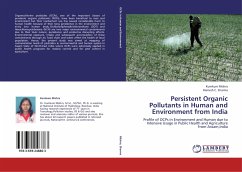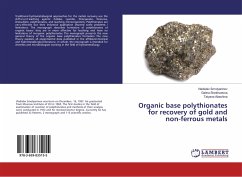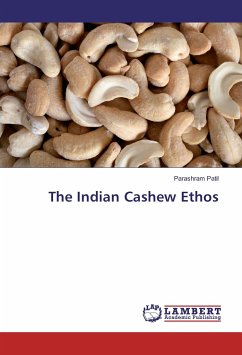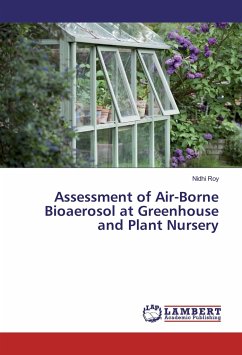Organochlorine pesticides (OCPs), one of the important classes of persistent organic pollutants (POPs), have been beneficial to man and environment but their inadvertent use has caused considerable harm to human health because of their long persistence in the environment and entry into human body. Dichlorodiphenyltrichloroethane (DDT) and Hexachlorocyclohexane (HCH) are two major environmental contaminants due to their toxic nature, persistence and endocrine disrupting affects. Environmental exposure, intake and subsequent accumulation of these contaminants through air, food chain and water affect the health of local population. Hence, the present study was aimed at mapping of contamination levels of pesticides in environmental and human system in Assam State of North-East India where OCPs were extensively applied in public health programs for malaria control and for pest control in agriculture.
Bitte wählen Sie Ihr Anliegen aus.
Rechnungen
Retourenschein anfordern
Bestellstatus
Storno








